Android and iOS mobile app stores have become an essential part of the app ecosystem, providing a central platform for app developers to distribute their apps and for users to discover and download new apps.
With over 5 million apps available across major app stores like the App Store and Google Play, app stores play a critical role in connecting users with the mobile apps they want.
👉🏾 Other Swiftspeed users also read: A Complete Guide to Mobile App Development in 2025
App stores offer significant advantages for both developers and users. For developers, they provide global distribution and exposure to millions of potential customers. Getting an app accepted and published on a major app store lends credibility and makes the app more discoverable. App stores handle hosting, delivery, payment processing, and issues like refunds. This allows developers to focus on building great apps.
General Mobile App Store Statistics
To help you with a better understanding of why your app will be more successful if published on mobile app stores, here are a couple of statistics justifying the number of downloads and revenue of apps that have undergone publications and became successful:
- According to BusinessOfApps, Apple and Google account for over 95 percent of the app store market share outside of China.
- The Apple App Store alone houses around 1.8 million apps for iOS users, while Google Play has about 3.5 million apps available for Android users; this is evident in a comprehensive report by Statista.
- Mobile Games constitute 21.06 percent of the Apple App Store and 15.2 percent of the Google Play Store. Business and Education apps are other popular categories, according to BusinessOfApps.
- Nearly 97 percent of apps on Google Play and around 95 percent on the Apple App Store are available for free; you can confirm this on Statista.
- By 2026, mobile app spending is forecasted to reach 161 billion US dollars in the Apple App Store and 72 billion US dollars in the Google Play Store (Statista).
For users, app stores provide a convenient “one-stop shop” to find, evaluate, download, install, and update apps. Features like curated collections, editor recommendations, user reviews, and ratings help users discover new apps and make informed choices. App stores also ensure a level of safety, security, and quality control via their submission guidelines and review process.
In this article, we will explore a comprehensive list of top mobile app stores to distribute your mobile app as a developer or download as a user
Top iOS Mobile App Stores
Unlike Android, iOS is a closed-source mobile operating system that is exclusively designed and controlled by Apple Inc. The only authorized marketplace where iOS applications can be downloaded is the App Store, run by Apple. Nonetheless, there are other mobile App Stores to distribute mobile apps For iOS app creators and a source of download for users without necessarily having to jailbreak their devices. below is the list of accessible choices:
1. Apple App Store
The Apple App Store opened on July 10, 2008, as a curated marketplace for mobile apps designed for Apple’s iOS operating system. It quickly became the largest app store in the world. As of 2022, the App Store has over 1.8 million iOS apps available and has reached over 130 billion app downloads.
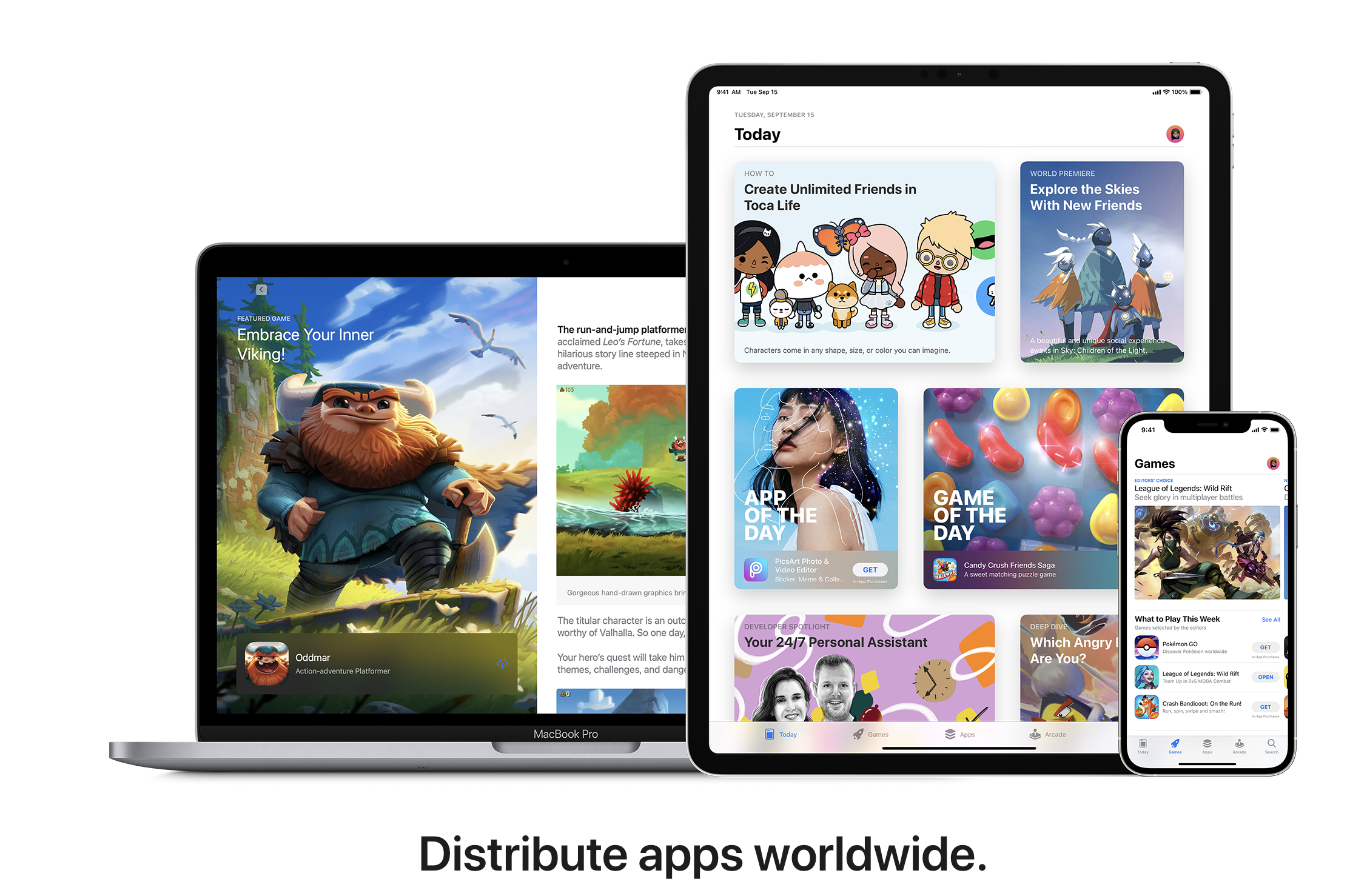
The App Store has been a major driver of success for Apple and iOS. It provides iOS users an easy way to find and download apps that have been reviewed and approved by Apple. For developers, it provides global distribution and monetization for their apps and applications, and this enrollment program costs $99/year for individuals and agencies. If you are a developer, you can sign up for an Apple developer account here.
Some key facts about the Apple App Store:
- Over 1.8 million apps are available, as discussed in General mobile app statistics earlier, across 25 app categories like Games, Business, Education, Lifestyle, and more. New apps are reviewed and approved by Apple.
- User spending in the App Store reached $85 billion in 2021, up 22% from 2020. This shows the willingness of iOS users to pay for premium apps and in-app purchases.
- The App Store has reached over 130 billion app downloads since launching in 2008. It sees an average of over 1 billion app downloads per week.
- There are over 1 million iPad apps available optimized for larger tablet screens.
- Apple takes a 30% commission on app sales and in-app purchases. This is reduced to 15% for subscriptions after the first year.
- Developers must agree to Apple’s App Store Review Guidelines covering content, privacy, security, and more. Apple reviews apps before being published.
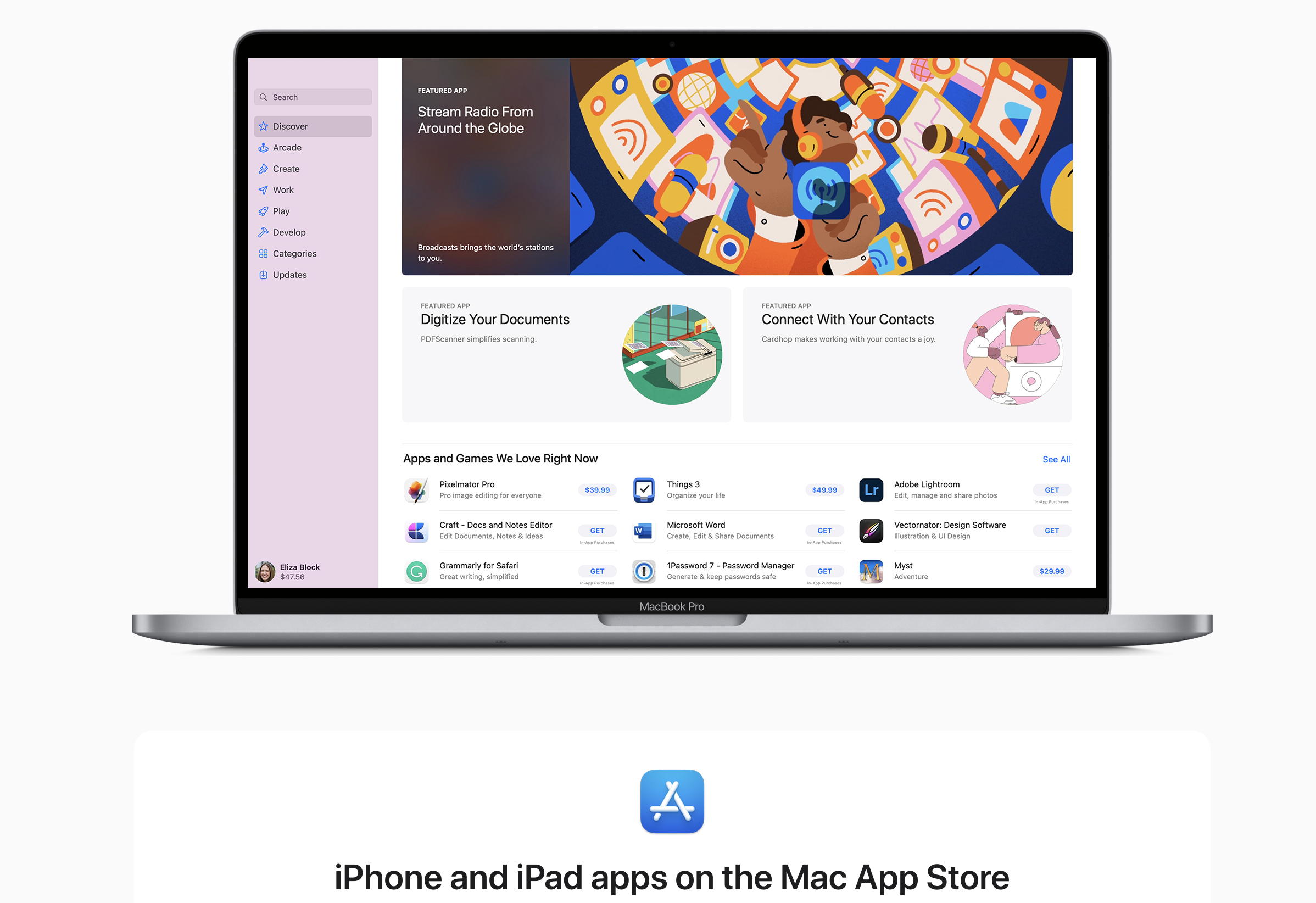
👉🏾 Other Swiftspeed users also read: 11 Best Email Clients for Windows and Mac in 2025
The App Store provides the key distribution platform for developers to reach the vast ecosystem of over 1 billion iPhone/iPad users globally. While the 30% commission fee has faced some criticism, the App Store overall is known for its curation, security, and monetization capabilities. It laid the foundation for today’s thriving mobile app ecosystem.
2. BuildStore
Since its establishment in 2013, BuildStore quickly gained popularity with a collection of over 300 unique apps and games not found in Apple’s official store. With more than 15,000 daily active users, this platform stands out by offering a meticulous manual testing process that ensures each downloadable component is free of malware. Amongst its notable features is a ‘Request an App’ option, always available customer support at any hour, and it doesn’t require your device to be jailbroken.
3. Cydia
Cydia has long held its position as the ‘granddaddy’ of third-party app stores. Initially necessitating jailbreaking, Cydia has since adapted to bring in easier methods for installation. Compatible with all iOS versions and most jailbroken devices, the user-friendly interface of Cydia makes it an attractive alternative to the Apple App Store.
4. Xabsi
Xabsi is a relative newcomer to the scene but has quickly gathered a variety of unique apps that you’re unlikely to find on Apple’s official platform. Mixing both free and premium features, it does bear mentioning that some apps may require you to jailbreak your device.
5. iOS Heaven
iOS Heaven provides a unique approach — the capability to download apps directly from your web browser without the necessity for an additional app store download. Its web-based platform and fast loading and downloading speeds make it a convenient option for those who prefer such solutions.
6. Appland
Appland is the perfect fit for those seeking flexibility from a third-party app store. Available both as an app and a website, Appland goes the extra mile by giving you the opportunity to create and operate your own app store globally. With its regional targeting for users and revenue-generating capabilities, it’s an alternative to look out for.
The table below presents other iOS mobile app stores to download or distribute your app
| iOS App Store | Usability Rating |
|---|---|
| BuildStore | ⭐⭐⭐⭐⭐ 5/5 |
| Cydia | ⭐⭐⭐⭐ 4/5 |
| Xabi | ⭐⭐⭐⭐ 4/5 |
| iOS Heaven | ⭐⭐⭐⭐ 4/5 |
| Appland | ⭐⭐⭐ 3/5 |
We wrote this comprehensive list of other iOS App Store alternatives; they can help you with more information and other mobile app stores not listed above.
👉🏾 Other users are reading: From Features To Preferences: What Android And IOS Users Really Care About
Top Android Mobile App Store
Android, being an open-source operating system, naturally invites a variety of companies to create their own Android app stores. Aside from the well-known Google Play store, there are numerous other platforms where you can download apps or put your app up for download.
Wondering where else you can publish your Android app? Here’s a rundown of all the Android app stores you can consider targeting.
1. Google Play itself
Google Play, previously known as Android Market, is the official app store for devices running the Android operating system. It was launched in 2008 following the release of the first Android phone and has grown to become the largest app store in the world.
Some key facts about Google Play:
- Google Play currently offers over 3 million apps, making it the biggest app store in terms of sheer volume. Apps cover a huge range of categories, including games, social media, health & fitness, music, books, navigation, and more.
- There have been over 130 billion app downloads from Google Play to date. In 2020 alone, over 100 billion apps were downloaded.
- Google Play generated revenues of $38.6 billion for developers in 2020, making it the most lucrative app store for developers. This was 65% higher than the prior year.
- The Google Play developer program has a one-time $25 registration fee. After that, Google takes a 30% commission on app sales and in-app purchases. Revenue share drops to 15% after the app reaches $1 million in earnings.
- Google Play has had its share of controversies related to malicious apps, copyright violations and inappropriate content. It has come under fire for having fewer mechanisms to screen apps before release compared to Apple’s App Store. However, Google has taken steps to address these issues and fortify defenses against bad actors.
Overall, with its massive collection of apps, over 2 billion active devices, and global user base, Google Play is essential for developers wanting to reach Android users. It offers significant monetization potential despite some ongoing concerns about security and policy enforcement.
2. Amazon Appstore
The Amazon Appstore first launched in March 2011 as an alternative app store for Android devices. It was developed by Amazon and is deeply integrated with Amazon’s ecosystem of services like Prime and Fire tablets.
The Amazon Appstore has a catalog of over 400,000 apps and games. While smaller than Google Play, it still offers a substantial selection. Amazon claims over 30 billion app downloads from its store. The app store is estimated to generate over $500 million in annual revenue, making it a significant player in the app economy.
For developers, publishing on the Amazon Appstore provides access to their large base of active customers. Amazon takes a 30% cut of app revenue, which is standard for most major app stores. The approval process can take over a week, and developers must comply with Amazon’s policies around appropriate content. Apps published on the Amazon Appstore work on any Android device.
The Amazon Appstore’s deep integration with Amazon’s ecosystem gives it a unique advantage. Features like personalized recommendations help drive app discovery. Pre-loaded on Fire tablets, the store also benefits from the growing base of Amazon device users. While fewer in number than leading app stores, the Amazon Appstore continues to thrive by targeting and monetizing its loyal customer base.
3. Windows Store
The Windows Store is the official app store for Microsoft’s Windows operating system. It was launched in 2012 alongside Windows 8 as the primary means to download apps for Windows PCs and devices.
The Windows Store represents Microsoft’s effort to create a unified app ecosystem across all Windows devices. Prior to Windows 8, Windows apps were obtained from separate stores or individual developers. With the launch of Windows 8 and its new Modern UI design language (since renamed to Metro), Microsoft introduced the Windows Store as a central hub for finding and downloading Windows apps.
This strategy was in response to the success of centralized app stores on mobile platforms like iOS and Android. The Windows Store allowed Microsoft to exert more control over the app ecosystem and distribution on its platforms. The store has continued to evolve with subsequent releases of Windows 11, adding new features and app types.
As of 2022, the Windows Store has over 300,000 apps available for download. While larger than other niche app stores, this is still small compared to the millions of apps available on iOS and Android. The Windows Store’s app selection has historically lagged behind other platforms, which has been a barrier to adoption for some users.
However, Microsoft has invested heavily in attracting developers to create more Windows apps in recent years. Major apps like Adobe Photoshop, Spotify, Zoom, and more are now available. The collection of games and major titles has also expanded significantly.
Microsoft does not provide official data on downloads or revenue from the Windows Store. However, reports estimate the store generates billions in revenue each year. The overall download figures are likely in the billions as well, considering the Windows user base of over 1 billion devices.
Microsoft charges a 15% commission on app purchases in the Windows Store, with an 85/15 revenue split for developers after fees. This is comparable to Apple’s and Google’s 15% take rates.
Developers can publish Windows apps for free without an account, but accessing analytic data and support resources requires a standard $19 USD annual developer account. Enterprise accounts with additional services are also available.
4. Samsung Galaxy Store
The Samsung Galaxy Store is the official app store for Samsung Galaxy devices. It offers apps, games, themes, and more that are exclusive to Samsung’s ecosystem.
As the main app store for Samsung, the Galaxy Store provides access to content specifically optimized for Samsung devices. All apps go through Samsung’s security process before being published.
The Galaxy Store has over 50,000 apps available. As of 2020, there have been over 63 billion app downloads from the Galaxy Store. The store generates over $8.5 billion in annual revenue.
For developers, publishing on the Galaxy Store provides access specifically to Samsung’s large user base. Samsung takes a 30% commission on app sales revenue, which is on par with other major app stores. Developers can integrate in-app purchases and subscriptions through Samsung’s billing system.
Apps released on the Galaxy Store go through Samsung’s security review and approval process. Samsung aims to provide a secure app environment tailored for its devices. Developers need to adhere to Samsung’s guidelines around content rating, intellectual property, privacy, and more.
Overall, the Samsung Galaxy Store provides an optimized distribution channel for apps targeting Samsung device users. With exclusivity and customization for Samsung devices, it serves as a key app store alongside Google Play for the Android ecosystem.
👉🏾 Other Swiftspeed users also read: The Ultimate Guide to iPhone Screen Resolutions and Sizes in 2025
5. AppGallery
AppGallery is the app marketplace for Huawei devices. As the third largest smartphone maker globally, Huawei has been investing heavily in building out its own app ecosystem.
AppGallery provides access to apps, games, and other content for Huawei device owners. As of 2022, AppGallery offers over 580,000 apps. While still far behind Google Play and App Store, Huawei has been growing its catalog rapidly.
AppGallery sees over 560 million monthly active users. Developer revenue through the store reached over $10 billion in 2021. Huawei offers developers several incentives for releasing apps on AppGallery, including promotional campaigns and higher revenue share.
Huawei takes a 15% commission on app sales, less than the 30% cut on other major stores. The company also provides tools and SDKs to help developers build and monetize apps for Huawei devices.
App submissions go through security checks and policy compliance reviews. Developers must agree to Huawei’s distribution agreement covering aspects like intellectual property, privacy practices, and content restrictions.
Overall, AppGallery provides Huawei device owners access to popular apps and games. For developers, supporting AppGallery can open access to Huawei’s large user base, especially across China and other regions. As Huawei expands its hardware and user reach, AppGallery is becoming a more important app store globally.
6. Palm Store ( By Transsion Developer )
Have you ever used either a Tecno or Infinix Android device? If so, you might have come across the Palm Store. This app store belongs to the same company that produces Tecno and Infinix.
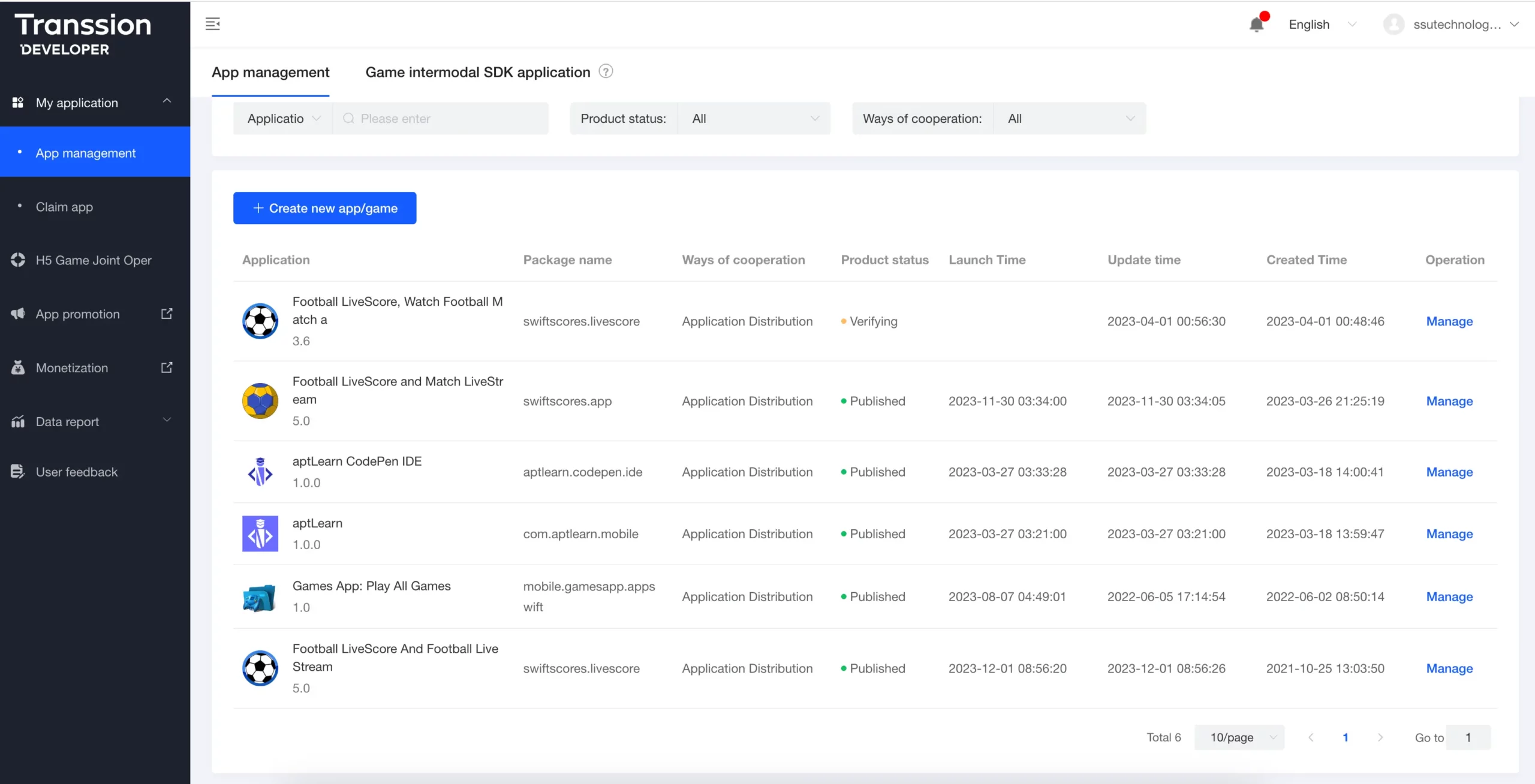
Palm Store is not just an app store, but a globally distributed platform. It provides a great opportunity for developers, allowing them to publish their apps without any charges. Plus, for users who are familiar with and use these popular brands, this can be a great platform to discover and download new apps
From my personal experience, my app had the second highest download from any platform after publishing it on Palm Store via the Transsion Developer program; you should try it.
7. F-Droid
F-Droid is an open source alternative app store for Android that focuses on only hosting free and open source apps. The repository is run by the non-profit F-Droid Limited and has a growing catalog of over 4,000 apps.
F-Droid places a strong emphasis on open-source ideals. All apps hosted must have their source code available under a free software license. The app library itself is transparent, with the code for the F-Droid client app and repository available on GitHub.
The main features of F-Droid for developers are:
- Free to upload apps, no registration required.
- The entire build process is transparent and visible.
- Apps can update themselves directly from the repository.
- Available in multiple languages.
For users, F-Droid provides:
- A curated selection of entirely free and open-source apps. No adware or spyware.
- Simple updates directly within the app.
- An intuitive UI for easy browsing and management.
- Options for downloading apps anonymously over Tor.
F-Droid has steadily increased its user base over the years. As of 2022, F-Droid clocks 5-10 million application downloads per month. While its app catalog is smaller than larger app stores, F-Droid offers a privacy-focused option for free Android apps.
8. SlideME
SlideME is an alternative Android app store that launched in 2008. It has over 200,000 apps and games available for download.
SlideME positions itself as an open market and community for developers. It does not have any restrictions on the kinds of apps that can be published, unlike the Google Play Store. Developers are free to upload any Android app to the SlideME market.
There are no fees for developers to publish apps on SlideME. The store makes money from ad revenue sharing and carrier partnerships. SlideME offers developers 100% revenue for paid apps and 70% revenue share for free, ad-supported apps.
SlideME historically had a strong presence in emerging markets like Brazil, India, Indonesia, and South Africa. It enabled developers to tap into the next billion users coming online on lower-cost Android devices. At its peak around 2010-2012, SlideME amassed over 6 million app downloads per month across its worldwide user base.
However, SlideME’s popularity has declined in recent years with the growth of Google Play. But it still retains a niche user base that wants more openness and control over apps compared to the Google Play Store. Developers looking to target enthusiasts in emerging markets continue to find value in publishing on SlideME.
So finally, let us explore Google Play Store Alternatives – Android App Store Alternatives
| Android App Store | Evaluation |
|---|---|
| 10. OPPO App Market | ⭐⭐⭐⭐ 4/5 |
| 9. Amazon App Store | ⭐⭐⭐⭐⭐ 5/5 |
| 8. Palm Store (Transsion Developer) | ⭐⭐⭐ 3/5 |
| 7. Huawei App Gallery | ⭐⭐⭐⭐ 4/5 |
| 6. Aptoide | ⭐⭐⭐ 3/5 |
| 5. SlideME | ⭐⭐⭐ 3/5 |
| 4. GetJar | ⭐⭐ 2/5 |
| 3. F-Droid | ⭐⭐⭐⭐⭐ 5/5 |
| 2. Galaxy Store (Samsung) | ⭐⭐⭐⭐ 4/5 |
| 1. APK Mirror | ⭐⭐⭐ ⭐⭐ 5/5 |
We wrote this comprehensive list of other Android App Store alternatives; to help you with more details and other mobile app stores available for app download and distribution.
Wrapping Up
The major app stores have played a crucial role in the rise of mobile apps and the app economy. While the Apple App Store and Google Play clearly dominate with their enormous reach, other stores serve important niches.
Key stores like the Apple App Store and Google Play have made apps easily accessible to billions of users. Their development tools and resources have enabled individual developers and companies to build innovative mobile apps. At the same time, their strict review processes aim to provide secure, high-quality apps.
👉🏾 Other Swiftspeed users also read: App Name Detailed Guidelines and Best Practices for Success
Alternative stores like Amazon’s Appstore, AppGallery, and F-Droid appeal to specific groups of users. Amazon ties its store into its ecosystem. AppGallery serves users of Huawei devices. F-Droid focuses on only open-source apps. Specialty stores will likely continue serving niches not met by the giants.
The app ecosystem continues to thrive and expand. While early growth has slowed, new app categories and use cases continue emerging. As consumers rely more on their mobile devices, apps will evolve to play an increasing variety of roles. Augmented reality, artificial intelligence, and 5G connectivity will open new possibilities.
Overall, the major app stores have succeeded in making mobile apps accessible and driving app adoption. They will continue playing a central role in the app economy’s ongoing growth for the foreseeable future.


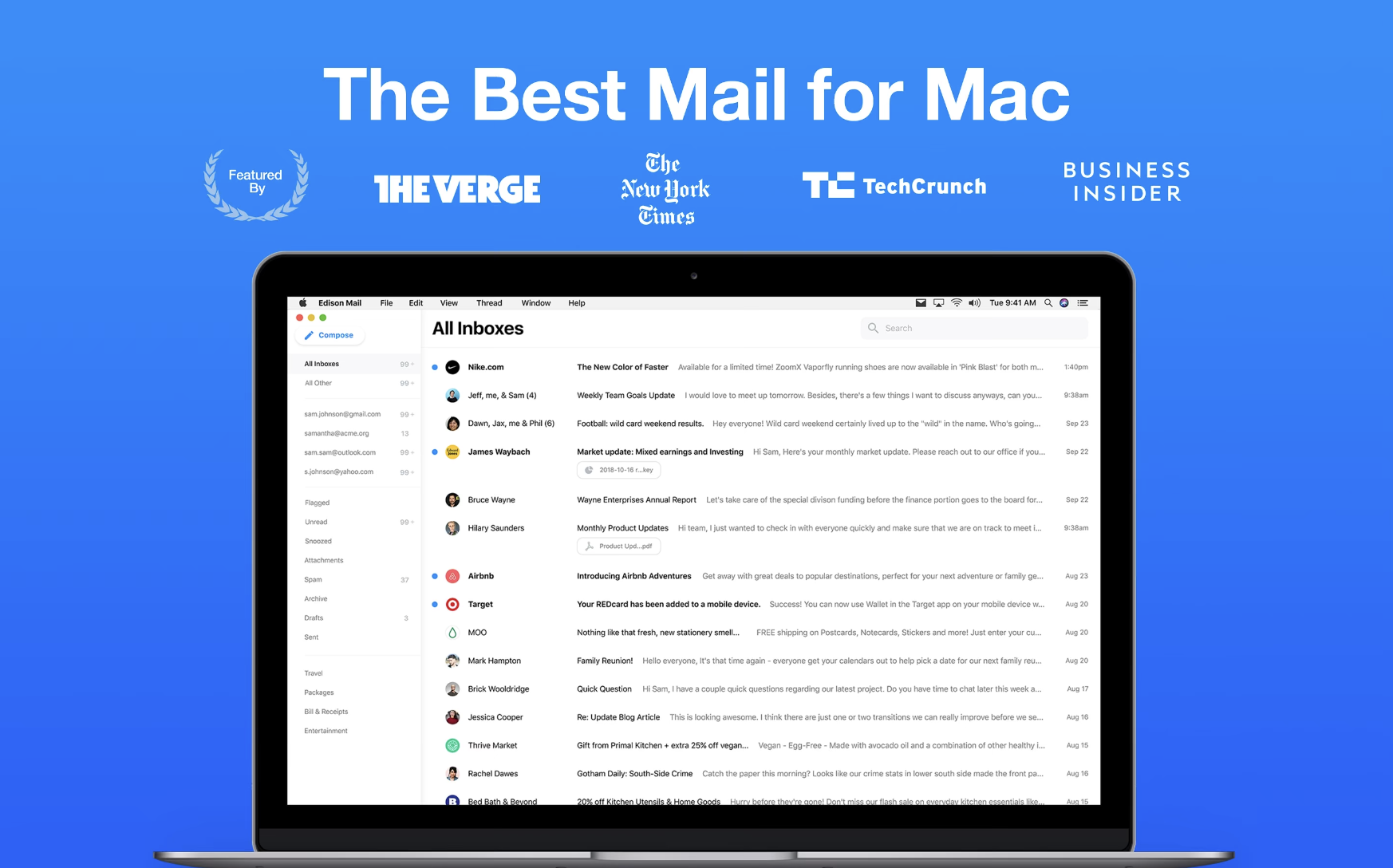
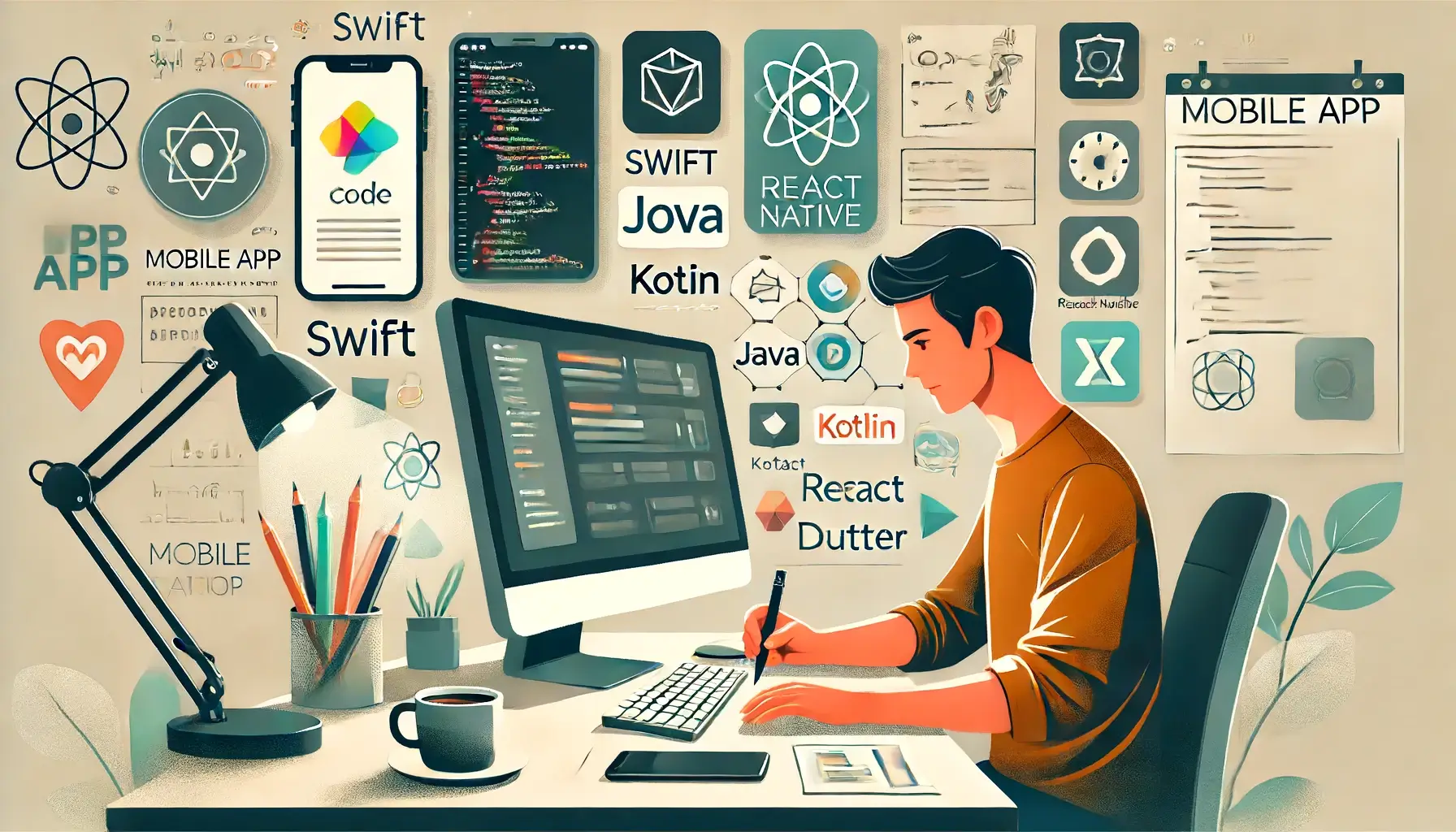
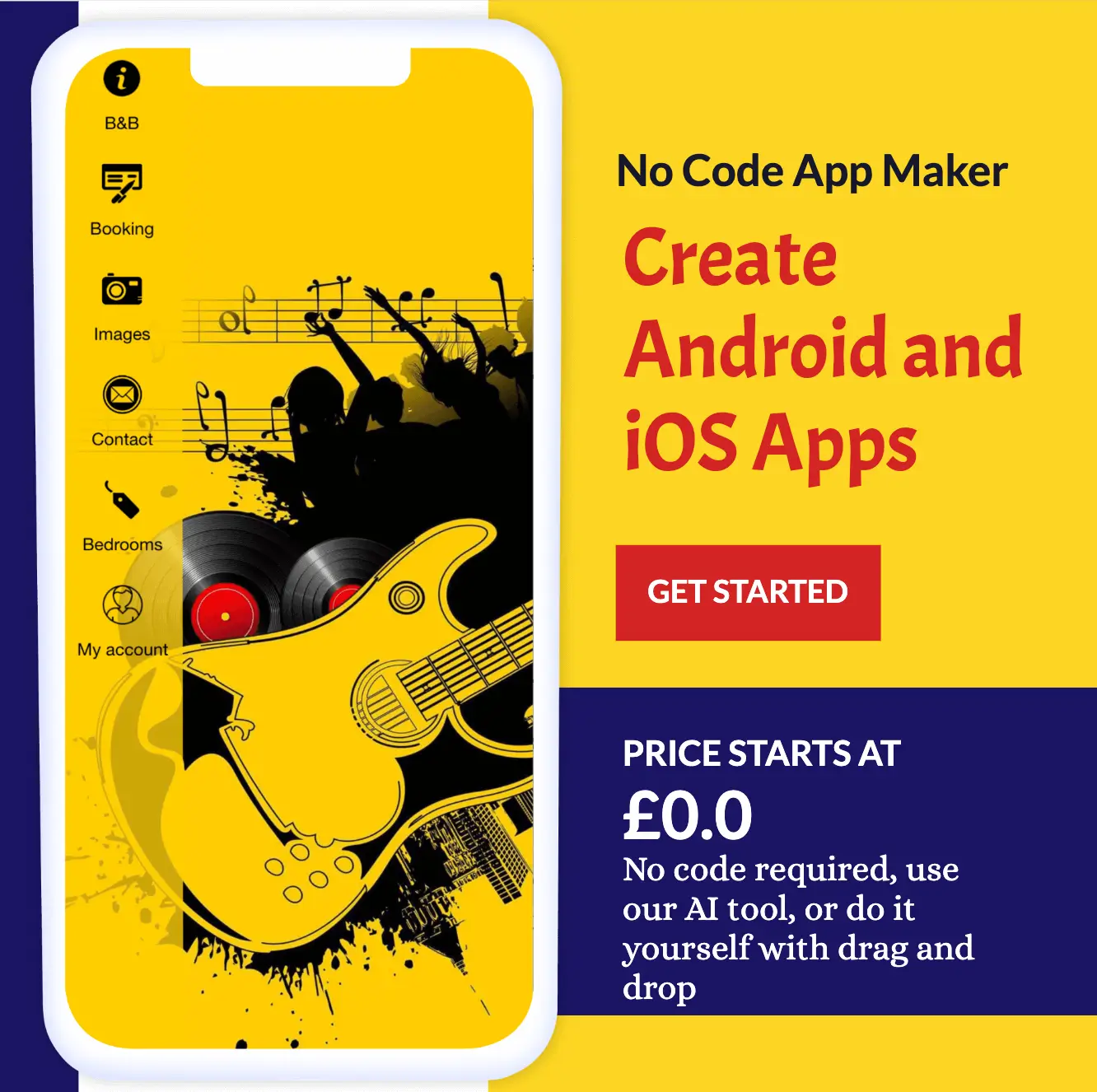
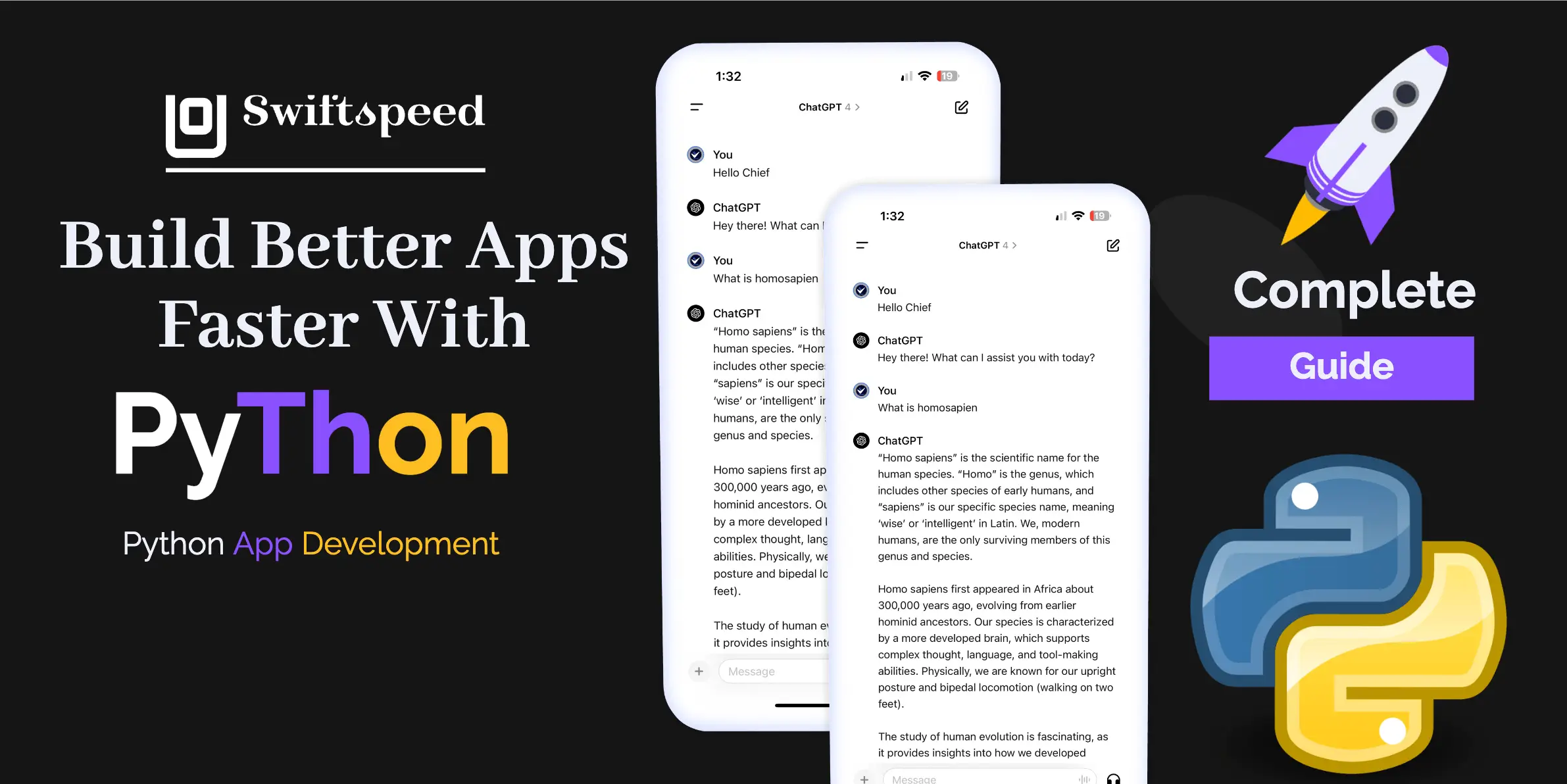
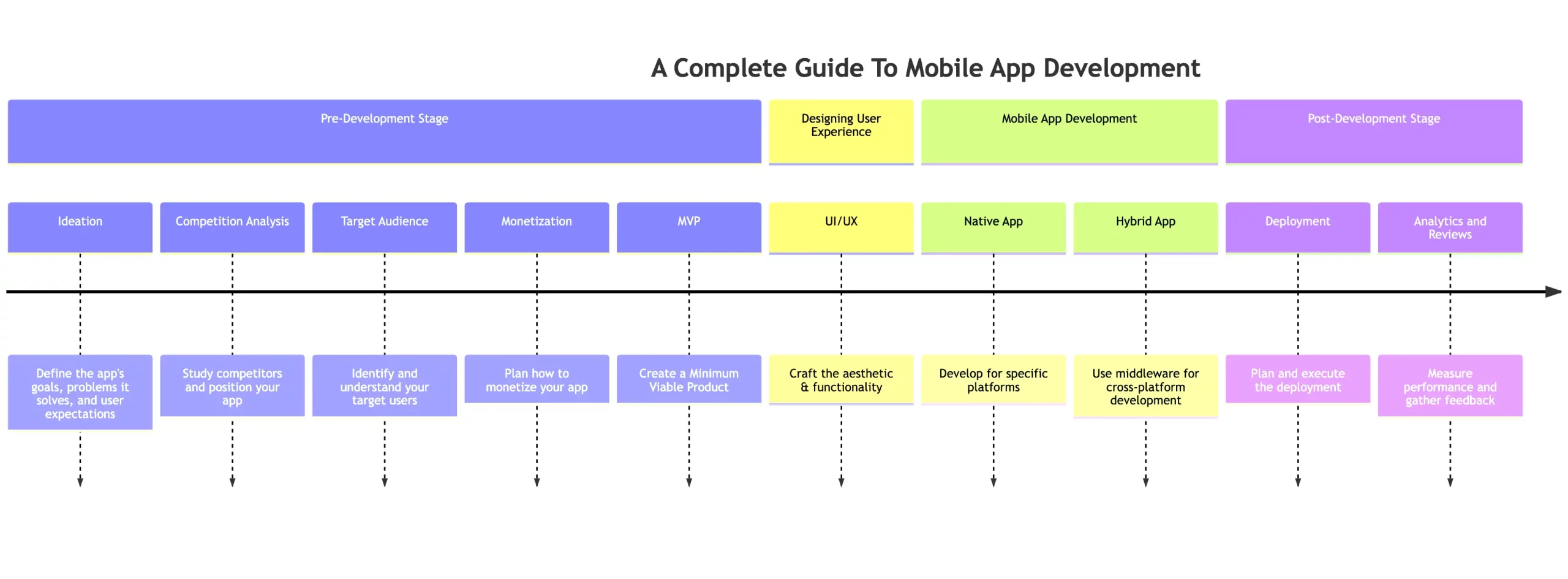
I very delighted to find this internet site on bing, just what I was searching for as well saved to fav
We are happy to help